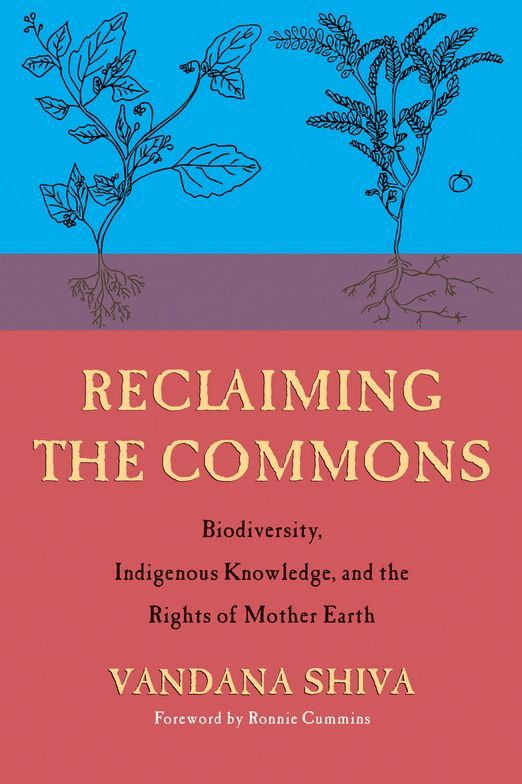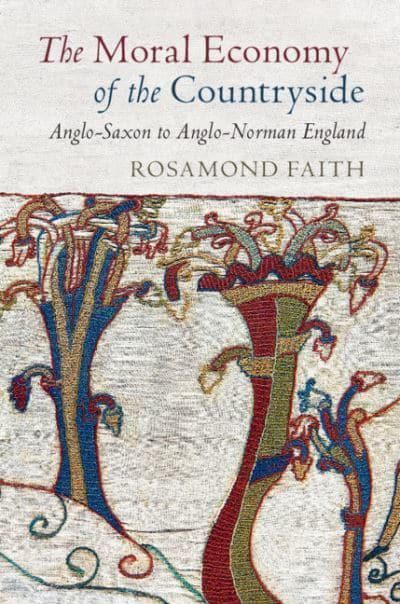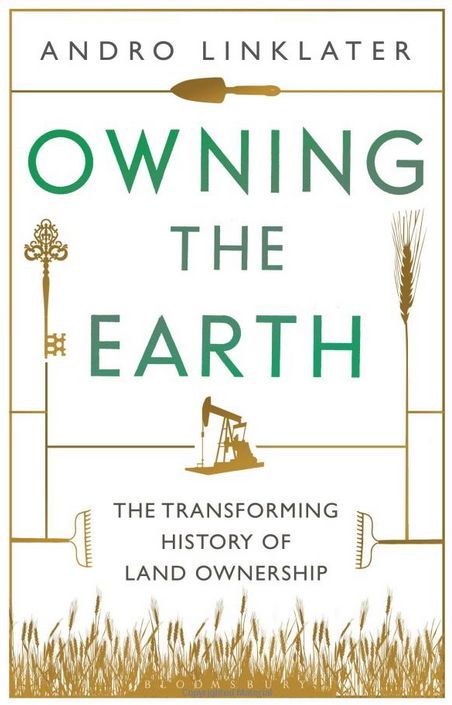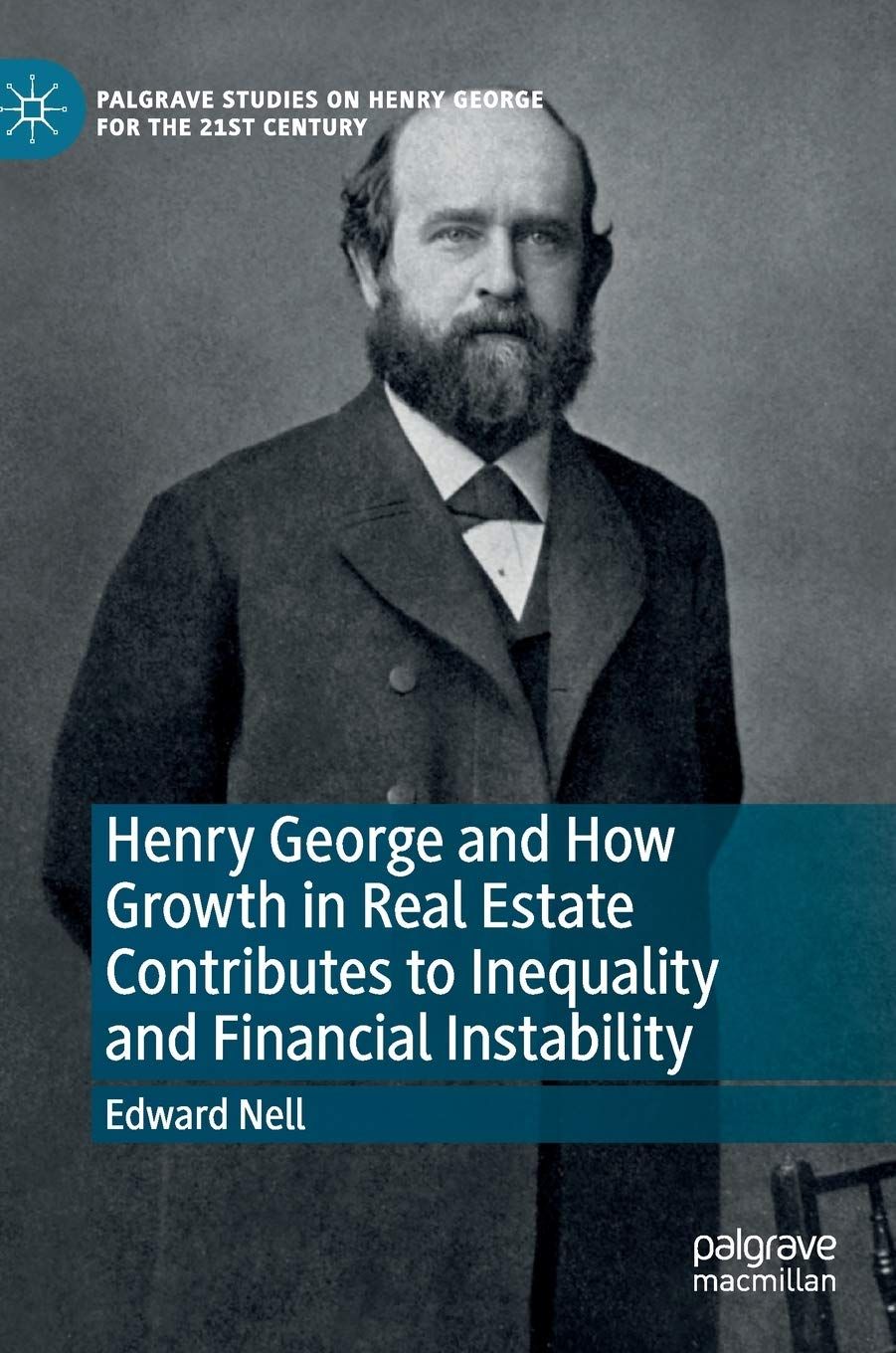by Edward J. Dodson
A growing consensus exists among those who study and follow events shaping the global economy that how the subject of economics has been taught for over a century fails as a scientific discipline. Economists have a dismal record of warning us of problems on the horizon. There is no consensus within the discipline of what causes the cycles of boom and bust that plague societies. Nor is there consensus on the solutions (i.e., the necessary changes in law and public policy).
Two young economists have undertaken the challenge of changing what is taught as economics and how the subject is taught. Sam de Muijnck and Joris Tieleman have built a very aggressive program to assist both those who teach the subject and those who are its students. An important tool is a book titled Economy Studies: A Guide to Rethinking Economics Education. The authors of this volume, in collaboration with many other contributors, acknowledge the shortcomings inherent in conventional (i.e., neoclassical) economics. They have tried to address the problems associated with economic theory as taught versus the dynamic conditions existing in the real world. More than this, they have established a comprehensive program to improve the teaching of economics at rethinkeconomics.org.
Opening Economic Studies, I was struck by one of the first statements made. The authors write:
“Access to healthcare is rapidly expanding and poverty levels keep dropping in most parts of the world.”
Based on what I read or hear every day, I wonder if the data supports this statement; or, perhaps, the data generated by governments is not to be trusted. The task they set out for themselves is considerable:
“Tackling such challenges requires a deep comprehension of the economy, which the current system of economics education does not sufficiently provide. Economists need a real-world understanding of how various industries work, how they are intertwined with each other, how economic power works, what roles states play and how these are embedded in our society at large.”
My interpretation of what is required of economists and students of economics is that they look backward in time to the contributions of those moral philosophers who undertook the interdisciplinary work inherent in the science of political economy. The authors agree in part. Their focus is to redirect the discipline to embrace three principles: pluralism, real-world and values. They devote several hundred pages to an explanation of what they mean by this.
Economic Studies is not a book to be read and then set aside. It serves as a desk reference for those who teach economics regularly or are working toward a degree in economics. As someone long past my years of formal education, the book has only limited interest for me; namely, to see if the authors have reached conclusions about how the world actually works with which I agree based on my own four decades teaching political economy based on the analysis produced by Henry George and those who have continued George’s investigations. For the most part, the deep study of political economy performed by Henry George came decades too late to secure for political economy its rightful place among the social sciences. Martin Wolf’s forward to Economic Studies explains what happened:
“Thinkers like Adam Smith, Thomas Malthus, David Ricardo, and Karl Marx were indeed interested in human motivation, resources, institutions, social classes, and political power. Yet such a wide canvas created problems for a discipline that wished to achieve a high academic status: it was felt to be inadequately scientific. In response, economics adopted the intellectual strategy that had worked so well for the physical sciences: reductionism. Thus, it assumed away many complexities: for it, humans were selfish, rational and far-sighted, resources abundant, information perfect, externalities insignificant, monopoly irrelevant, interpersonal comparisons of welfare impossible, money neutral and financial markets efficient.”
And yet, economics attracted an increasing number of students, who then became teachers of what they learned. And, in time, individuals with academic credentials in economics branched out into both the private and public sectors, their sophisticated analyses valued by stakeholders and decision-makers. To the authors there are “good economists” who “investigate the inner workings of the larger systems, help society navigate them, assist in designing parts of them, and monitor their functioning to continuously improve them and avoid unintended consequences or breakdowns.” And, there are economists whose priorities are quite different. That is what needs to be changed, they argue.
Deep within Economic Studies, the authors suggest that one of the “interesting questions to discuss” is what anyone who has absorbed the political economy of Henry George and other classical political economists would argue is not merely interesting but absolutely essential:
“What should be commodified, and what do we find too sacred or too dangerous to trade or manage commercially? Consider for example, organs, humans, human time, education, housing, citizenship, mind-altering substances, weapons, land, medicine, ideas, techniques, prisons, the right to pollute, or political office.”
There are no details provided in this book on the unique role of land as the first factor of production. In the section on Nature, the authors devote just one bullet point to what most readers of this article argue is of utmost importance:
“Land and natural resources generate rent.”
The authors explain to readers that the very definition of what is to be studied dramatically changed from the era of the political economists. Gone was the emphasis concerning the production and distribution of wealth, replaced by the dynamics of the allocation of scarce resources, general equilibrium principles, liquidity preferences, etc. etc. etc. Of course, this shift was always (and continues to be) resisted by some, those who qualify as renegade economists. For several generations now, most professors have accepted their role as one of teaching students to think like an economist. What is lost, the authors argue, is the development in students of the capacity for critical thinking.
For professors who have been lecturing on economics for decades, changing what they teach and how they teach it is not likely to generate broad enthusiasm. For example, the authors suggest that the time spent on neoclassical economics be reduced to just one-fifth of the subject matter covered toward a degree in economics. What they argue for is a diversity of scientifically-supportable approaches as raised in the research and discussion of specific issues:
“[W]hen teaching how economic agents make decisions, the neoclassical, behavioural and institutional perspectives could be taught. Whereas for labour economics, the feminist, Marxist and post-Keynesian perspectives could be taught.”
Of course, this requires that professors have themselves studied these diverse perspectives and are prepared to deliver a complete range of theoretical perspectives offered in the discipline’s literature. Another challenge is distinguishing “science from pseudoscience.” Understanding comes from what they refer to as “pluralism-by-juxtaposition,” by which they mean:
“[T]o teach students about multiple contrasting approaches and debates between them. …By teaching students how and when ideas are in conflict with each other, they learn to identify contradictions and deal with them.”
As this is a challenge for professors who have only ever taught an introductory course in economics from a neoclassical perspective, this is also a challenge for those of us who have taught political economy using Henry George’s books at texts. A broad education (formal or otherwise) in the diverse schools of economic thinking is essential in order to offer insight into how, for example, treating land (i.e., nature) as a distinct factor of production and as the source of what meets the definition of wealth leads to a superior understanding of real world dynamics. While the authors agree that teaching about the role of nature in economies is essential, they do not weigh in on the important definitional issues. Yet there is in their message an important lesson readers of this article will likely appreciate:
“A key difference between education and indoctrination is that the former tries to present a complete picture, with pros and cons, strengths and weaknesses, the status quo and alternatives, while the latter one-sidedly and uncritically presents arguments to convince the audience of something.”
Students presented with a diversity of perspectives are in a far better position to reach their own conclusions by independent study. Deep learning really begins to occur after completion of formal coursework and studies. This was certainly the case for me personally. A real advantage as I began my own studies toward an advanced degree was a decade of work experience in the financial sector, a full year of studying political economy at the Philadelphia extension of the Henry George School of Social Science, followed by several years as a member of the school’s volunteer faculty. The authors make no mention of the Henry George School or of the Georgist school of political economy. Our perspectives are, in this sense, essentially written out of the history of economic thought. It may be that the science we embrace as real-world continues to occupy what Robert Heilbroner described as the underworld of economics. One example the authors do write about as plagued by a questionable value-laden approach is the economics education offered in courses taught by the Foundation for Economic Education, “partially funded by the billionaire brothers Charles and David Koch.”
As someone who never aspired to a high level of competency in mathematics (the study of history has always been of much greater interest), I find the authors challenge to the entrenched reliance in economics on the solving of equations as a step back in the right direction. One of the best economics texts I have read (Harry Gunnison Brown’s Basic Principles of Economics, published in 1955) covered the subject without the use of any equations. The authors don’t go that far, but suggest that many very smart people are deterred from the study of economics because of the emphasis on mathematics:
“A final dimension specific to economics is that one’s mathematical skills are taken as a proxy for general intelligence. To be sure, mathematics is a very useful skill for economists: crucial in some corners of the profession, a useful adjunct in others. But rather than being treated as one of many kinds of knowledge students have to learn, it is often used as a selection mechanism, painting any student less talented in mathematics as unfit to be an economist and not to be taken as seriously in discussions.”
Economics as a career choice also suffers from a number of other discriminatory practices and policies that preserve access to advancement overwhelmingly to white males. This, the authors emphasize, must change. I simply refer readers to the text for a detailed and explicit report of their findings and the measures they argue are required to resolve these problems. At the top of their list:
“First, make more use of active learning, whether it is with peer instruction, classroom experiments, or open discussions. Economics is still primarily taught in passive ways with traditional lecturing.”
College and university professors might benefit by what I learned early on teaching political economy. Few of the students who enrolled (even those with an undergraduate or advanced degree in some field) came into the basic introductory course with much of an understanding of history, political science or moral philosophy. In Progress and Poverty and later in The Science of Political Economy, Henry George took it for granted that his readers were coming to him after exposure to the most important writers in these areas. It was in the book Social Problems that he tailored his writing to a general audience. After a few years in the classroom, I realized that before students would be in a position to grasp the essential elements of political economy, a semester-long remedial course would be beneficial. I suggest that those who eventually decide to pursue a degree in economics would benefit by at least a year devoted to a good introduction to the other sub-disciplines that comprise the social sciences.
One problem we have teaching in a program that offers no opportunity for a degree or other recognized credentials is that at least some students come to class each week without completing assigned reading or writing out answers to questions raised thereby. This makes it almost impossible to rely on the Socratic method of teaching. The authors note that this problem is not unique to teaching in an adult education environment:
“Academic students can be a challenging audience. Most students are fairly young when they start studying economics, between the age of 18 and 20. …For some this leads to a minimum-effort policy in terms of studying. It can take great effort from academic teaching staff to get these students to study and focus on their programme.”
And, as stated above, traditional lecturing is in many cases ineffective. The solution I came to was to rely on visual aids. Writing statements out on a blackboard (or, in more recent years, a whiteboard) is time-consuming but useful when no other alternative is available. Fortunately, Microsoft came to the rescue with the development of PowerPoint software. Yet, in using PowerPoint too many teachers simply turn their lecture notes into bullet points and read them to students. A much better approach, I believe, is to use PowerPoint to tell a story. A relevant image is shown on each slide to accompany my lecture notes. Only quoted material appears on slides, read to the class by a volunteer student. This method of combining lecture with plenty of discussion has proven effective as a teaching and learning tool. Students can also revisit my lectures, which are video-recorded independent of the classroom and uploaded to my personal Youtube channel. I encourage students to view and listen to upcoming lectures so they can come to class better prepared to ask questions or comment on the points made.
My reading through of Economic Studies is not in any sense thorough. My objective here is to recommend to others who agree with me that the teaching of political economy to the general public is a valuable undertaking. For this, our teachers must be more rigorously prepared to meet the same sort of challenges as our more credentialed counterparts on the faculties of colleges and universities.
From the beginning of its history in the early 1930s, the Henry George School of Social Science (and similar programs) have concentrated on reaching adults with the hope that they would emerge from the courses and seminars with a better understanding of the public policy issues debated as part of our political discourse. For several decades, at least some of the graduates of the schools moved into the role of teachers and in other ways became actively engaged with those who embraced the principles embraced by Henry George. A very, very few went on to earn an advanced degree in economics and secure a teaching position in higher education. Yet, these professors were never a large enough group to establish themselves as more than individual renegade economists.
For a number of reasons, attrition outpaced the number of those who came into this small academic community. The same has occurred with the larger community of those who look to the teachings of Henry George for economic understanding and moral inspiration.
One reason (and perhaps not the most important) was the growing need for and pursuit of academic and other credentials called for to gain employment in the decades following the end of the Second World War. All across the United States and other countries, for example, a huge increase occurred in the number of young people earning a high school diploma, then moved directly on into some type of higher education. U.S. state governments responded with funding for public colleges and universities. Cities and rural regions responded with funding for the establishment of community colleges. Thus, relatively low-cost programs enabled millions of young adults to continue their formal education. Programs such as that offered by the Henry George School of Social Science became less and less attractive to all but a small segment of the population who were willing to devote the time to the study of political economy for reasons other than building their resume.
Decades ago thousands of people were being introduced to the science of political economy we argue is descriptive of the real-world. Today, we are achieving good results because we have embraced the new technologies. The internet and Zoom have invigorated attendance to the courses, lectures and other programs we offer to the public. Still, the numbers rarely rise above a few dozen attendees. The periodic conferences held by the International Union once attracted several hundred people from all around the globe. The same was true for conferences hosted by the Henry George School and Henry George Foundation in the United States (and in recent decades by the Council of Georgist Organizations). These conferences served as important opportunities to affirm our perspectives had (and have) continued relevance. Attrition makes such meetings less and less viable with each year that comes and goes. Turning back the clock, ensuring a base to carry on our work, requires that we somehow reach the young and help to complete their education. At least for me, Economic Studies has provided useful food for thought.




